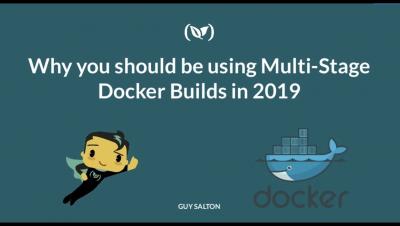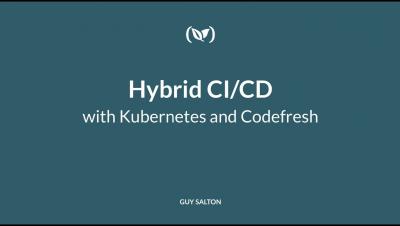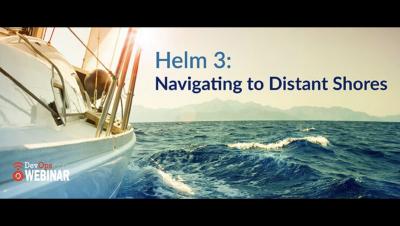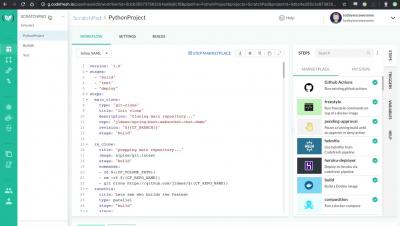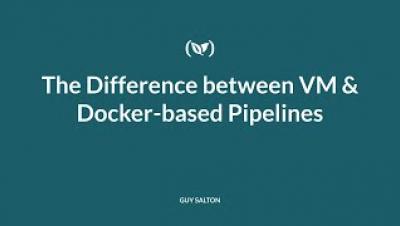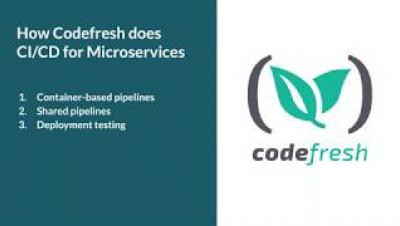Cloud Native CI/CD: How Engineering Teams Accelerate with Kubernetes, Docker, and Codefresh
Is your organization is looking to embrace containerization and microservices? In this webinar, you will learn how Kubernetes manages container-based applications and their associated networking and storage components. You will also learn about the evolving Kubernetes ecosystem, which includes components such as Helm charts, Istio, etc.




